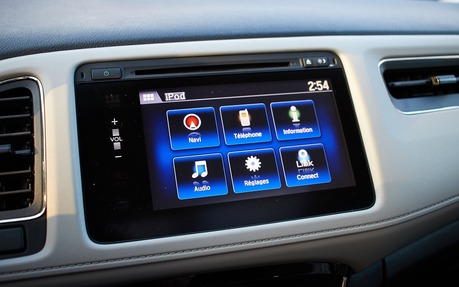Voice Recognition: Problem or Solution?
Everyone knows that using your cell phone while driving is dangerous. Having your phone in your hand dramatically increases the risk of an accident, and driver distraction is also a factor in accidents.
Bluetooth lets you chat while keeping both hands on the wheel but talking on the phone remains a distraction just the same. Research conducted over the last few years indicates that using a hands-free device is nearly as dangerous as talking on a handheld one. These findings pose a problem for voice recognition technology, since it is based essentially on the same principles as Bluetooth. Theoretically, voice recognition can be used to activate the infotainment system, set the radio frequency, change the climate control settings, etc.
- Also: The Best App for Drivers
- Also: The Problem With Waze
In practice, however, the problems with voice recognition are twofold: not only does it often take a lot longer to communicate using voice recognition than using buttons, but it doesn’t always work on the first try. Generally speaking, you have to do several things to complete a single action. Want to make a call? You have to say TELEPHONE loudly and clearly, wait for the computer to understand, then CONTACTS, wait again, before finally saying the name of the contact you wish to call. It’s a lot longer than taking your telephone and simply pressing the name of the person you want to call. And if you have the misfortune of wanting to call someone who doesn’t have a common name in the language of your interface, good luck reaching your contact.
If manufacturers continue to work on this technology, maybe one day it will live up to its promise. But for now, voice recognition is slow, frustrating and not at all practical.
